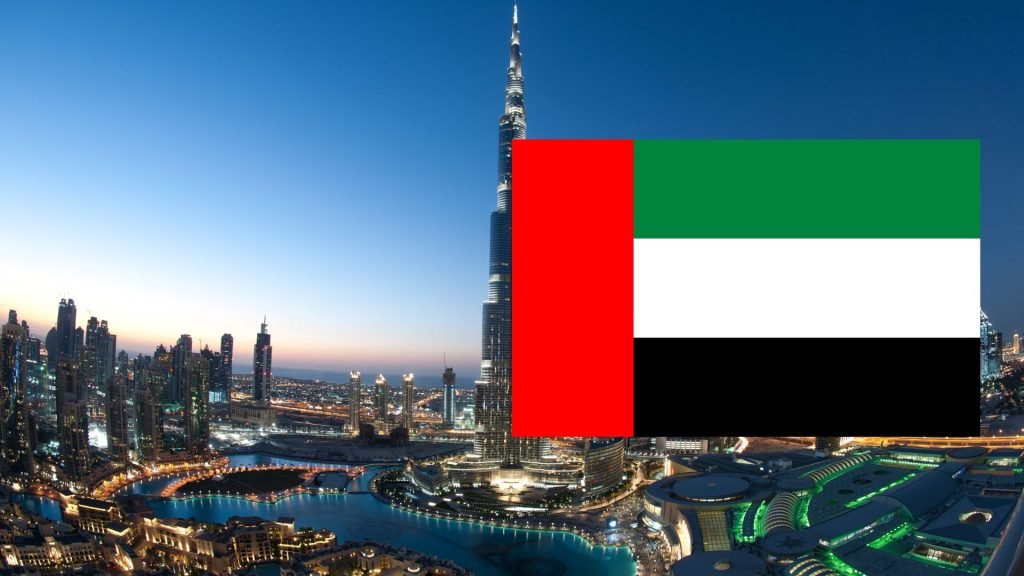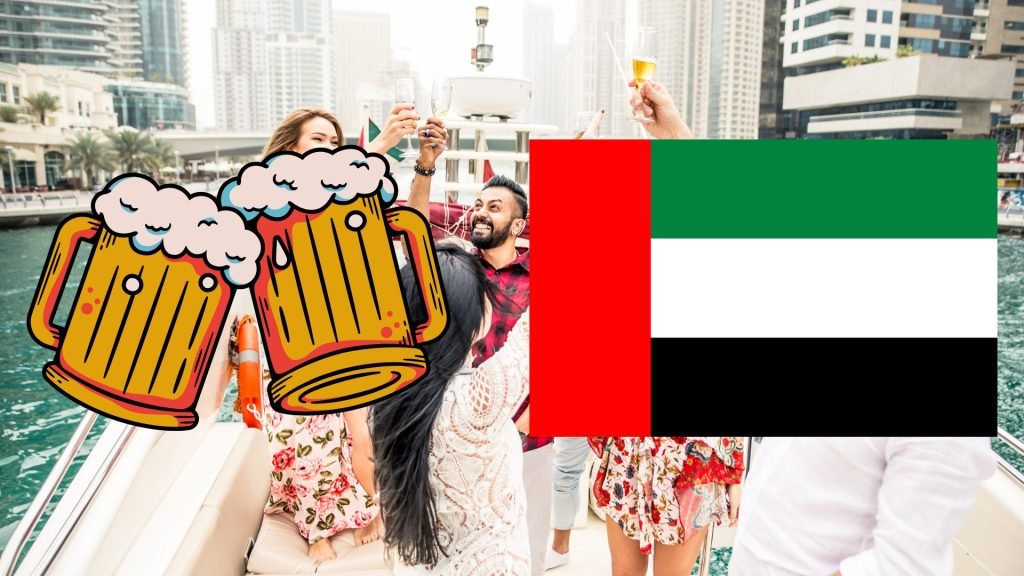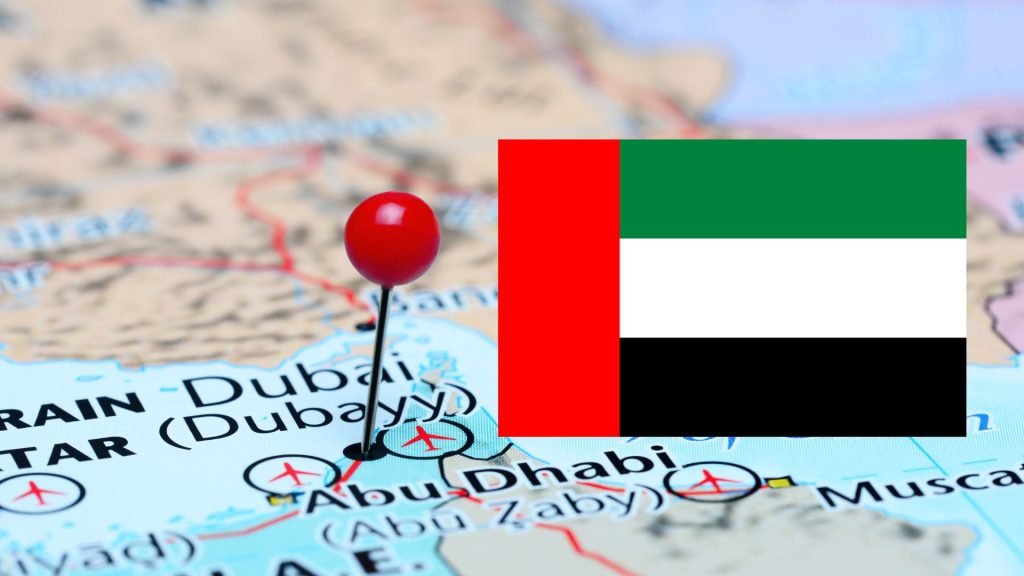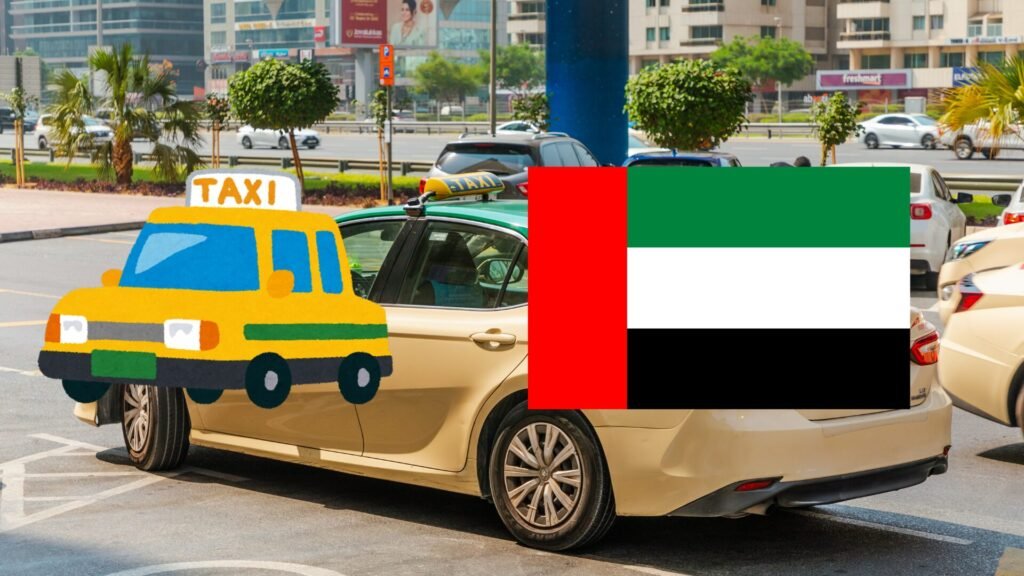How many inhabitants does Dubai have? Dubai is much more than just a luxury travel destination or business hub in the Middle East. It’s a global city where people from all corners of the world come together to live, work, and thrive.
But how many people actually live in Dubai? Who makes up the population of this rapidly growing city and emirate? And what does the population composition look like when we consider origin, age, and nationality? In this article, we delve deeper into the population figures and demographics of Dubai.
How many Inhabitants Does Dubai Have?
How many inhabitants does Dubai have? According to the latest figures from the Dubai Statistics Center and the GMI Research Team, Dubai has an estimated population of about 3.90 million people in April 2025.
This makes Dubai by far the most populated emirate of the seven emirates that together form the United Arab Emirates (UAE). The population continues to grow annually, partly thanks to the ongoing influx of expats, investors, and migrant workers who contribute to the rapid development of the city.

How Fast is the Population Growing?
The population in Dubai is growing at an enormous rate, especially because it is still a relatively young city. The population has grown by more than 134,000 people since 2024. For comparison: in 2010, Dubai had only 1.91 million inhabitants. By 2030, further growth is expected to reach up to 4.6 million inhabitants.
Why is Dubai growing so fast? The population of Dubai is growing at a breakneck pace. This increase is not a coincidence, but the result of a well-thought-out strategy and attractive living conditions. For years, Dubai has been attracting people from all over the world. What makes this city so popular?
A few important factors contributing to this population growth are:
- A stable and rapidly growing economy, partly thanks to oil revenues and successful diversification into sectors such as tourism, real estate, technology, and logistics.
- Plenty of employment opportunities for both highly educated expats and migrant workers in various sectors.
- Tax-free salaries, allowing employees to take home more net income than in many other countries.
- Good infrastructure, from modern roads and public transport to airports and healthcare.
- High safety and standard of living, making it attractive for families, entrepreneurs, and investors.
In addition, Dubai has deliberately invested in a positive image as an international business hub in recent years. With luxury events, innovative urban development, and a proactive immigration policy, the city manages to profile itself well globally. Those efforts are paying off: more and more people are consciously choosing a future in Dubai.
Male-female Distribution in Dubai
One of the most striking features of the demographics in Dubai is the skewed ratio between men and women. In 2025, Dubai’s population consists of approximately 68.6% men (about 2.63 million) and 31.4% women (about 1.21 million). This ratio deviates significantly from the global average and raises the question for many people: why are there so many more men than women in Dubai?
The main reason lies in the nature of labor migration. A large part of the male population consists of expats who temporarily reside in Dubai for work. Especially in sectors such as construction, logistics, industry, and technology, many foreign workers are employed – and these are primarily men. Often, they move to Dubai alone and leave their families in their home country.
When you specifically look at family migration or expats in middle and higher income groups, the ratio between men and women is actually much more balanced. Here you see families moving together and women also being active in the Dubai labor market, for example in education, healthcare, or business services.
Age Distribution of the Population
The inhabitants of Dubai are relatively young. The largest group falls into the category of 25-54 years, accounting for nearly 69% of the total population (2.65 million people).
Other age groups in 2025:
- 0-14 years: 14.79% (0.57 million)
- 15-24 years: 11.16% (0.43 million)
- 55-64 years: 3.93% (0.15 million)
- 65+ years: 1.15% (0.04 million)
What does this mean for emigrants? For Europeans wanting to emigrate to Dubai, this means a society with many young people. There is a strong focus on work, career, and networking. Older people are a significant minority, which can influence healthcare, social services, and lifestyle.
Nationalities and Expats in Dubai
Dubai is a true melting pot of cultures. In 2025, 92.02% of the population consists of expats — that’s about 3.53 million people. Only 7.98% of the population (0.31 million) are Emiratis, the original inhabitants of Dubai.
Where Do most Expats Come from?
Where do most expats in Dubai come from? The largest groups of expats are from:
- India (51%)
- Pakistan (17%)
- Bangladesh (9%)
- Philippines (3%)
- Europe and Africa (smaller percentages)
This makes Dubai one of the most multicultural cities in the world, where Arabic and English are often alternated with languages such as Hindi, Urdu, Tagalog, and Tamil.

Population Distribution by District (Sectors)
Dubai is administratively divided into 9 sectors. Not every part is equally populated:
The top 5 most densely populated sectors in 2025:
- Sector 3 (including Bur Dubai and Jumeirah): 1.4 million (36.35%)
- Sector 2 (including Mirdif and Al Nahda): 0.71 million (18.40%)
- Sector 5 (including Jebel Ali): 0.54 million (13.96%)
- Sector 1 (including Deira): 0.53 million (13.87%)
- Sector 6 (including International City): 0.47 million (12.34%)
Sectors 4, 7, 8, and 9 are less populated, particularly the more rural areas.
Historical Population Growth of Dubai
Dubai is still a very young city. The growth of Dubai’s population is impressive. In 1975, the city had only 183,000 inhabitants. Since then, the growth has been as follows:
| Years | Population in Dubai |
| 1980 | 276.000 |
| 1990 | 548.000 |
| 2000 | 862.000 |
| 2010 | 1.910.000 |
| 2020 | 3.410.000 |
| 2025 | 3.900.000 |
What is the reason for this rapid growth? Dubai has developed from a fishing village to a world city due to:
- Discovery of oil in the 1960s
- Construction of global landmarks such as the Burj Khalifa
- Investment-friendly policies
- Tax benefits for businesses and individuals
- Growth of tourism and international trade
Read the most up-to-date data on the government website.

In April 2025, Dubai is estimated to have 3.90 million inhabitants, making it the largest and most populous emirate of the United Arab Emirates.
Dubai’s population is growing rapidly. In 2010, there were 1.91 million inhabitants, while in 2025 there are already 3.9 million. It is expected that Dubai will reach 4.6 million inhabitants by 2030.
Dubai is growing rapidly thanks to a combination of economic opportunities, tax-free salaries, a safe living environment and an active immigration policy focused on expats and foreign investors.
In 2025, 92.02% of Dubai’s residents will be expats. Only a small portion (7.98%) will be Emiratis.
The largest groups of expats in Dubai come from India (51%), followed by Pakistan (17%), Bangladesh (9%), and the Philippines (3%).
The uneven gender distribution is due to the large numbers of male migrant workers in sectors such as construction and logistics. In 2025, 68.6% will be male and 31.4% will be female.
The population of Dubai is young. Nearly 69% of residents are between 25 and 54 years old. Only 1.15% are older than 65 years.
In 2025, Bur Dubai and Jumeirah (Sector 3) will be the most densely populated, with 1.4 million residents. Other busy areas include Deira, Mirdif, Jebel Ali, and International City.
In 1975, Dubai had only 183,000 residents. Due to oil revenues, foreign investments, and economic growth, this number grew to 3.9 million in 2025.




